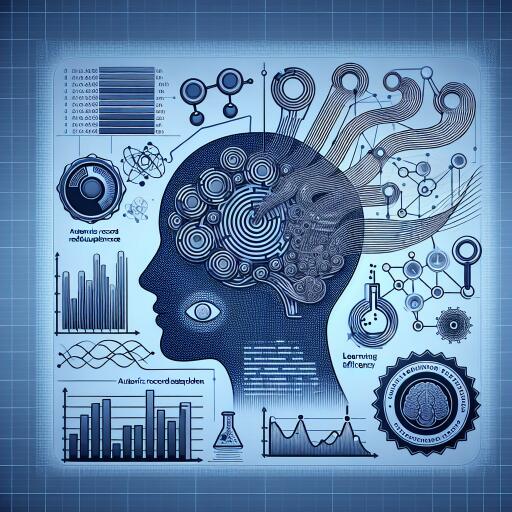An In-Depth Analysis of Efficient Learning-Based Approaches for Automatic Record Deduplication with Benchmark Datasets
The digital universe accumulates vast amounts of data daily, necessitating efficient methodologies for managing, sorting, and eliminating duplicate records to preserve data integrity and relevance. Recent advancements in machine learning (ML) and artificial intelligence (AI) have paved the way for innovative solutions in automatic record deduplication, offering enhanced efficiency and reliability. This article provides a comprehensive analysis of the state-of-the-art learning-based approaches for automatic record deduplication, highlighting their methodologies, implications, and future directions in the field.
Diving into Literature: Evolution of Deduplication Techniques
Automatic record deduplication has been a significant research area for decades, evolving from simple heuristic methods to sophisticated ML-based models. Various research studies have proposed innovative solutions, each with its unique merits and limitations. For instance, García-Gil et al. introduced a noise-filtering technique to address inconsistencies in big data prior to classification, whereas Chen et al. explored graph embeddings for cross-lingual knowledge management.
Moreover, deep learning models have emerged as powerful tools in this domain, as demonstrated in studies which leverage neural networks for effective entity recognition and resolution. Frameworks like Dedoop, developed by Kolb et al., utilize distributed systems like Hadoop for scalable deduplication processes. Similarly, efforts by Li et al. and Zhu et al. focus on enhancing entity resolution through knowledge embedding models, reflecting the interdisciplinary nature of advancements in this area.
Methodological Innovations: Beyond Traditional Models
In the realm of automatic record deduplication, the methodology is key to achieving high accuracy and efficiency. Deep learning-based models, exemplified by the research presented in this analysis, offer a solid foundation for deduplication tasks. These models are designed to handle complex data structures and patterns, enabling them to identify duplicates with remarkable precision. The incorporation of extensions such as numeric attribute support and trainable embeddings further enhances their capabilities, addressing gaps present in earlier models.
Technology’s continuous evolution sees the introduction of more sophisticated approaches, such as the r-HUMO framework by Hou et al. for risk-aware entity resolution and the probabilistic data linkage system by Pita et al. These methodologies underscore the shift towards models that not only deduplicate records but also ensure data quality and integrity in the process.
Experimental Insights and Practical Implications
The application of these advanced methodologies has significant practical implications, especially concerning the management and analysis of big data. Experiments conducted across diverse datasets demonstrate the effectiveness of ML-based deduplication techniques in various settings, from healthcare to web entity resolution. For example, Gabriel et al.’s research within the healthcare domain highlights the potential of these models to improve data quality for diagnosis purposes, showcasing their real-world applicability.
Furthermore, the adaptation of machine learning models for content analysis, as seen in the work by Kawka et al., points towards the versatility of these approaches in handling different types of data and ensuring their cleanliness and utility.
Looking Ahead: Future Directions in Record Deduplication
The journey towards fully efficient and scalable deduplication methods is ongoing, with machine learning and deep learning at the forefront of current research efforts. Future work might explore the integration of even more sophisticated AI techniques, such as reinforcement learning for dynamic deduplication scenarios and the utilization of blockchain technology for secure and decentralized data management.
Innovation in this field also surfaces challenges, including the need for models that can adapt to evolving data patterns and handle privacy concerns effectively. As these technologies mature, their implementation could revolutionize how organizations manage their data, making deduplication processes more efficient and reliable than ever before.
Conclusion
The landscape of automatic record deduplication is rapidly evolving, fueled by advancements in machine learning and deep learning technologies. These methodologies offer a promising path towards resolving the complexities of data management, ensuring data quality, and enhancing the utility of information systems. As research in this area continues to break new ground, the potential for innovative solutions that can tackle the challenges of modern data environments is remarkably high. The future of record deduplication looks bright, with technology driving efficiency, scalability, and reliability to new heights.










